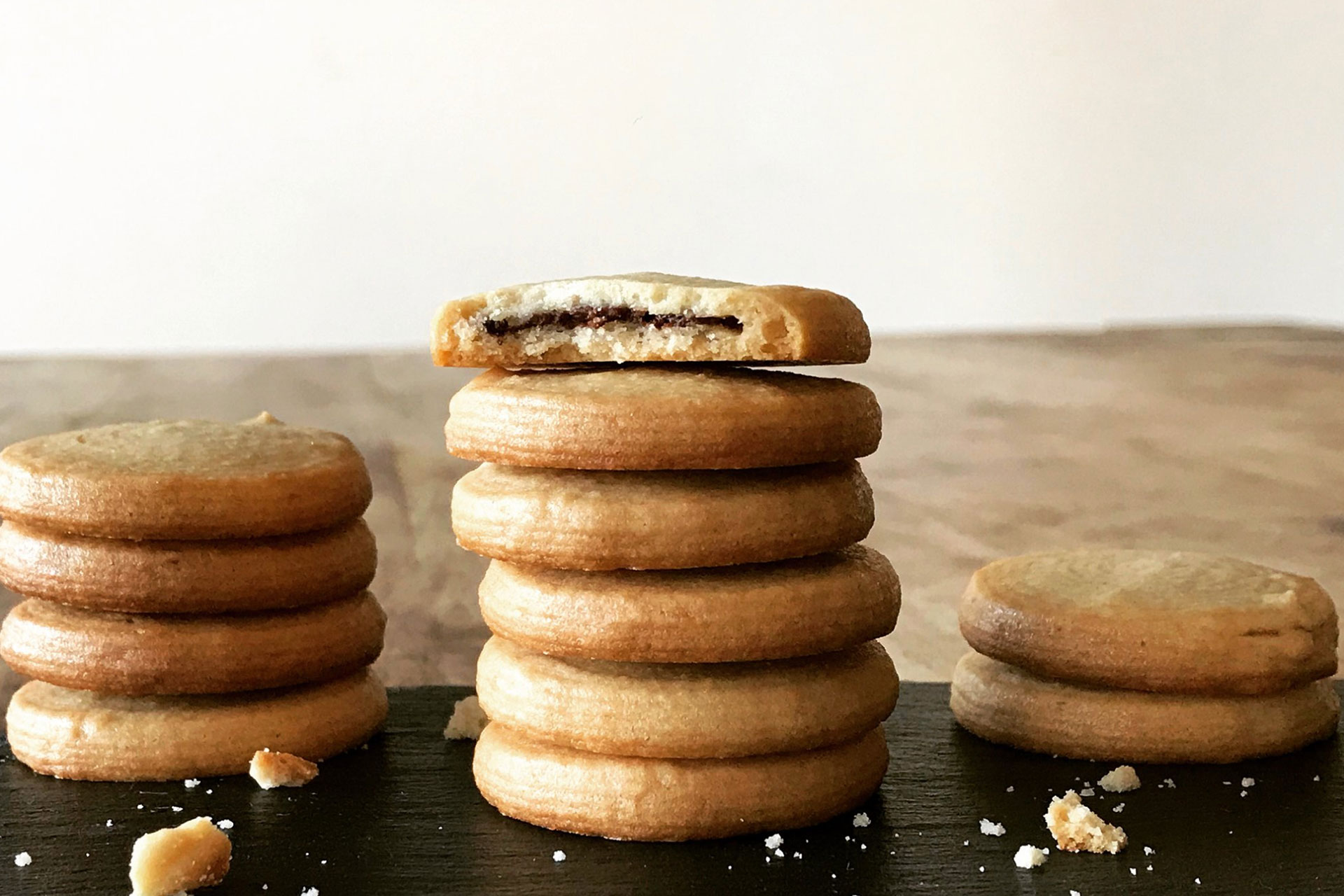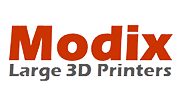3D Printing Food: The Pros and Cons

3D printing has transcended its initial use in industries such as manufacturing and healthcare over the past years to revolutionize another realm: food production. Yes, you read that right – we’re talking about printing food! But before you dismiss this as mere science fiction, let’s delve into the pros and cons of this cutting-edge technology.
Related: 3D Printing in the Food Industry: A Simple Guide
On This Page
Pros of 3D Printing Food
1. Culinary Creativity Unleashed
3D printing food offers chefs and home cooks unparalleled creative freedom. The ability to design and print intricate culinary creations opens doors to new possibilities in presentation and flavor combinations. Imagine personalized cakes shaped like your favorite characters or intricately designed appetizers for special occasions.
Moreover, 3D printing allows for the creation of foods with complex geometries and structures that would be challenging or impossible to achieve by hand. From geometric chocolates to spiral-shaped pastries, the only limit is your imagination.
2. Enhanced Nutritional Control
With 3D printing, precise control over the nutritional content of each printed item is possible. This is particularly beneficial for individuals with specific dietary requirements or restrictions, such as athletes, patients with medical conditions, or those following specialized diets.
For example, 3D-printed nutrition bars can be tailored to provide the optimal balance of macronutrients (carbohydrates, proteins, and fats) and micronutrients (vitamins and minerals) based on individual needs. While 3D-printed food is still processed, the level of customization ensures that each serving meets nutritional goals and safety.
3. Reduced Food Waste
Traditional food production processes often result in significant food waste due to overproduction, spoilage, and inefficiencies in distribution. However, 3D printing food offers a solution to this problem by enabling on-demand production.
By producing food items only when needed, 3D printing minimizes waste and promotes sustainability in the food industry. This not only reduces environmental impact, but also contributes to cost savings for businesses and consumers alike.
Related: The 5 Must-Know Benefits of 3D Printing
Cons of 3D Printing Food
1. Limited Ingredient Selection
While versatile in design, the range of ingredients for 3D printing food is somewhat restricted compared to traditional cooking methods. Most 3D-printed foods are made from edible powders, pastes, and gels, which may not always replicate the taste and texture of traditional dishes.
However, the good news is that research and development in 3D printing technology are expanding the range of printable ingredients. Scientists are exploring innovative materials such as plant-based proteins, algae-derived gels, and even cultured meat cells to enhance the variety and nutritional value of 3D-printed foods.
2. High Initial Costs
Investing in 3D printing technology for food production can be expensive, particularly for small-scale operations or individual consumers. The upfront cost of a 3D printer, along with software and materials, can be substantial. Additionally, ongoing maintenance and material expenses may further add to the overall costs. Nevertheless, as 3D printing technology becomes more widespread and accessible, prices are expected to decrease over time.
3. Quality and Texture Concerns
Despite advancements, challenges persist in replicating the taste, texture, and mouthfeel of traditionally prepared foods with 3D printing. Some consumers may find the texture of 3D-printed foods unfamiliar or unappealing, which could hinder widespread adoption. Ensuring consistent quality across printed items remains an ongoing challenge.
To address these concerns, researchers are exploring techniques to improve the sensory properties of 3D-printed foods, such as optimizing printing parameters, incorporating flavor-enhancing ingredients, and post-processing methods like thermal treatment or surface finishing.
3D printing food offers a glimpse into the future of culinary innovation. From personalized creations to enhanced nutritional control, the potential benefits are vast. However, it’s essential to acknowledge the limitations and challenges associated with this technology, such as ingredient restrictions and quality concerns. As 3D printing technology evolves, addressing these challenges will be crucial to unlocking its full potential in the food industry.
Looking for quality 3D printing in the Philippines? Contact us today to learn more about our products!


 3D Printing
3D Printing  CNC Lathe
CNC Lathe  Desktop Filament Making
Desktop Filament Making  3D Scanning
3D Scanning  CNC Milling
CNC Milling  Packaging & Labeling
Packaging & Labeling  Bandsaw Cutting
Bandsaw Cutting  CNC Router
CNC Router  Vacuum Forming
Vacuum Forming  CNC Industrial
CNC Industrial  CNC Surface Grinding
CNC Surface Grinding  Waterjet Cutter
Waterjet Cutter 















